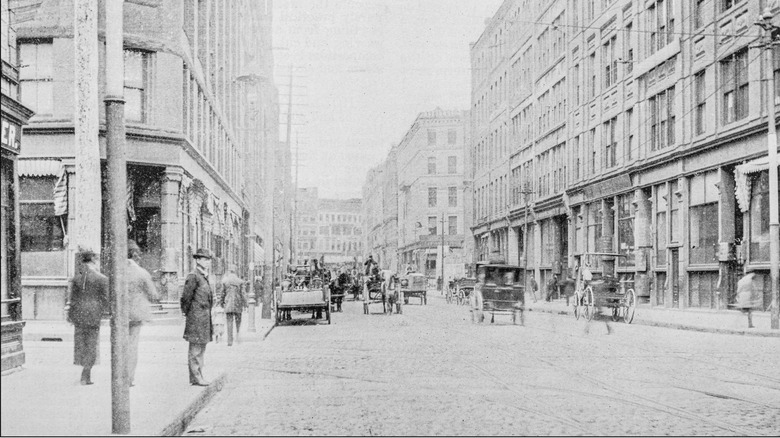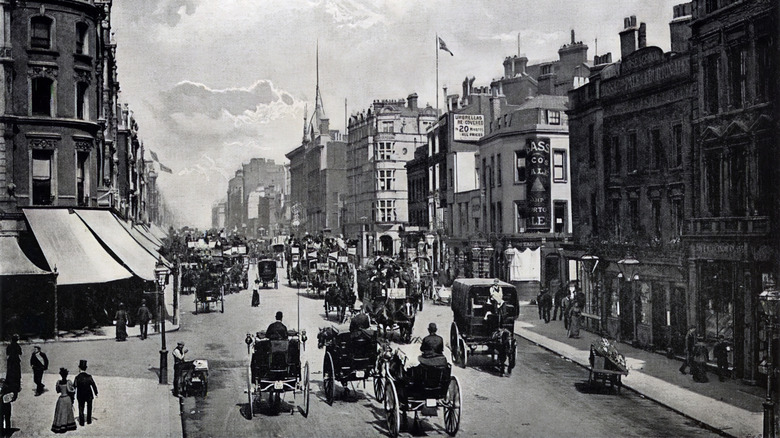Why Americans Drive On The Right-Hand Side (But Some Other Countries Don't)
Take a road trip across the U.S., and you'll notice something we barely question — everyone drives on the right. It feels normal and almost automatic, but when you take that same trip to the U.K., Japan, India, or Australia, things flip. The steering wheel's on the right, the car moves on the left lane, and everything on the road suddenly feels a little off. So why do Americans drive on the right-hand side, while some countries stick to the left? The answer is quite interesting and takes us back in history, just like the story behind the crosswalks being called zebra crossings in England.
Long before freeways and turn signals, traffic rules were shaped by survival. In England, people on horseback preferred the left side so they could keep their right hand free for greetings or for pulling a weapon if needed. Meanwhile, across the ocean, American colonists were doing things differently. With weapons often carried on the left and drawn with the right, keeping right just made more sense. As new roads, wagons, and eventually cars spread, these early customs quietly became law and stuck.
How wagons and weapons shaped U.S. roads
In America, practicality ruled the road. One of the biggest influences was the Conestoga wagon, a massive vehicle used to haul goods across rough terrain. Since drivers rode the left-side horse or sat on a board on the wagon's left, keeping to the right side of the road made it easier to see what was ahead and avoid accidents. Back in those days, it wasn't about following the driving laws in the U.S. — it was simply safer and easier.
By the late 1700s, right-hand travel was becoming the unofficial norm. Pennsylvania became the first one to codify the rule of driving on the right in 1795, and New York passed the first official law in 1804. By the time of the Civil War, every U.S. state had made it a law. Early American cars even had right-side steering wheels for a while, but when Henry Ford introduced the Model T in 1908 with the steering wheel on the left, it helped lock in the pattern. Getting in from the curb was easier, and driving on the right made more sense, so the rest of the industry followed.
Why other countries still drive on the left?
While the U.S. leaned into the right lane, countries with British influence held onto the left. Many nations in Asia, Africa, and Oceania drive on the left simply because they were once British colonies. Without shared land borders or the need to conform to continental neighbors, there's been no reason to change. Changing isn't easy either — it means reworking road signs, intersections, cars, and even driver habits. Sweden managed it in September 1967, but for most countries, the cost outweighs the benefit.
In Europe, Napoleon played a big part in switching countries to the right. After the French Revolution, left-side travel was associated with the aristocracy. Napoleon enforced right-hand travel across his empire, and that stuck too. So today, about 75% of the world drives on the right, thanks to a mix of war, tradition, and practicality. While the reason why countries drive on a particular side varies, once the sides were picked, it rarely ever changed.


